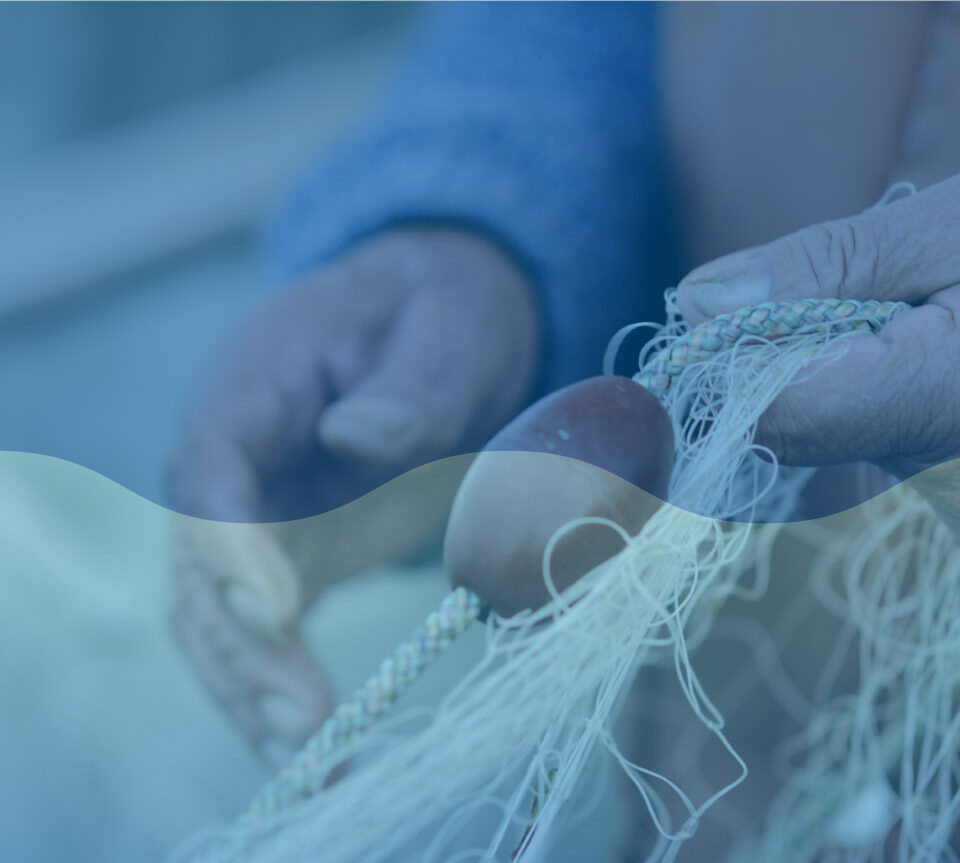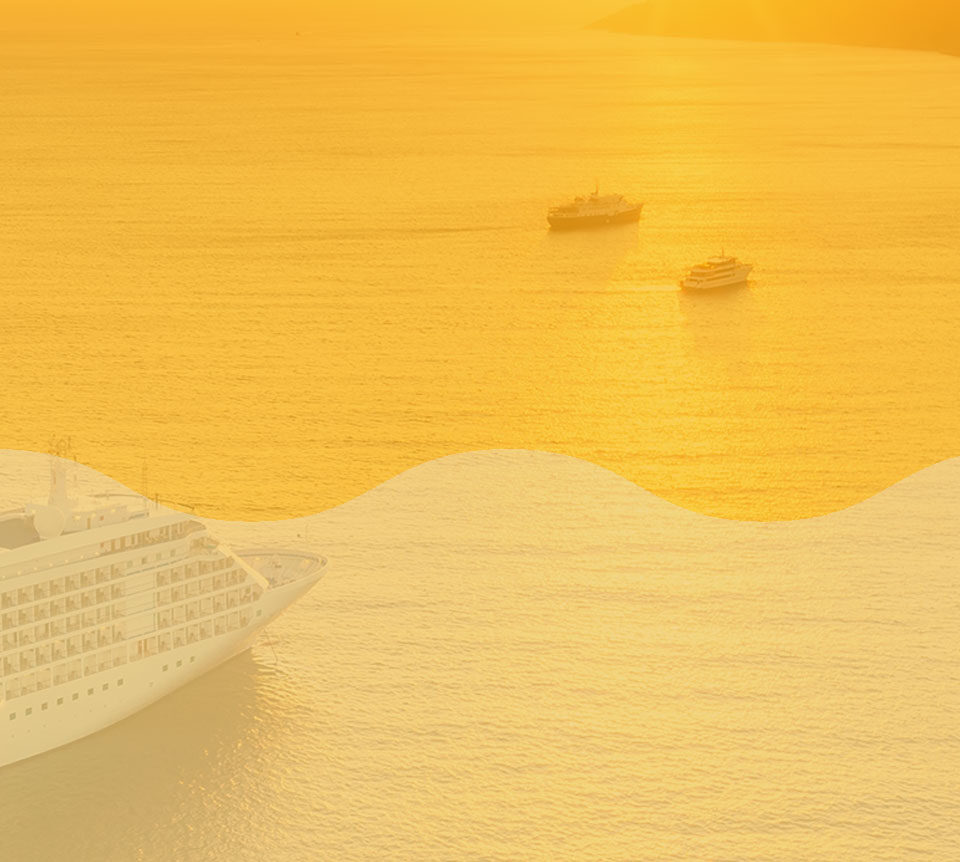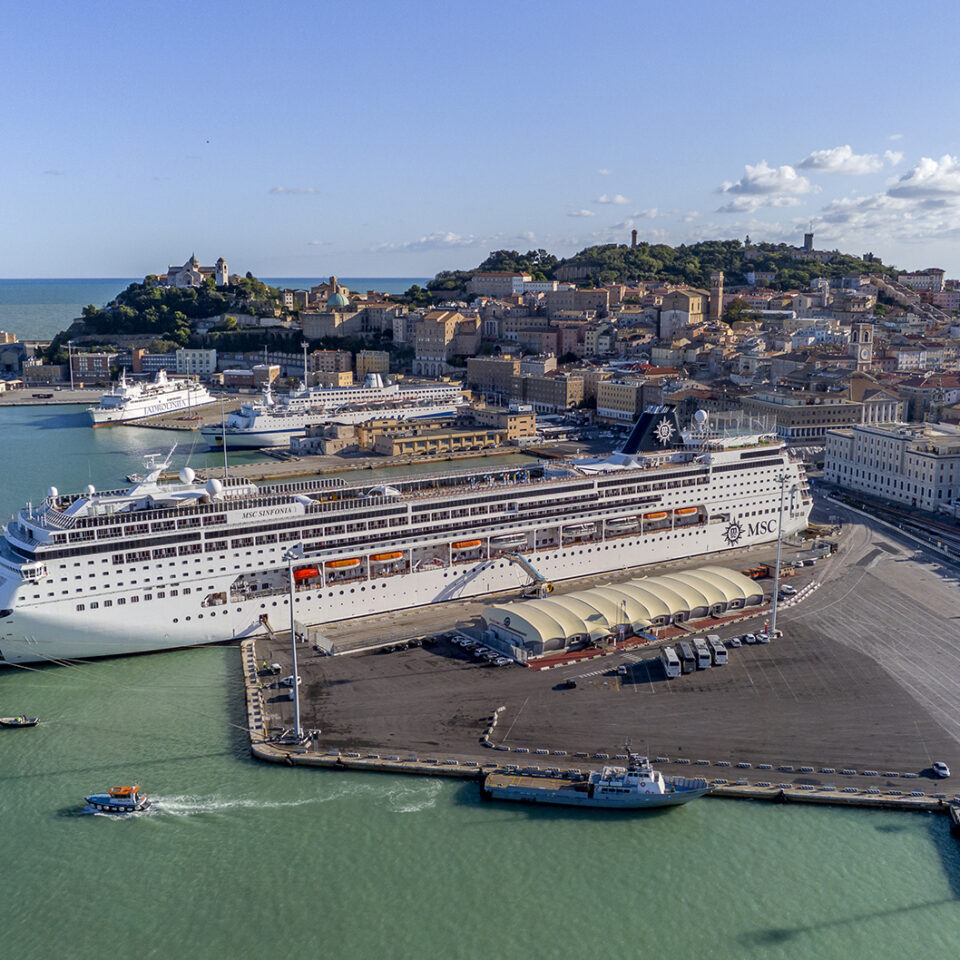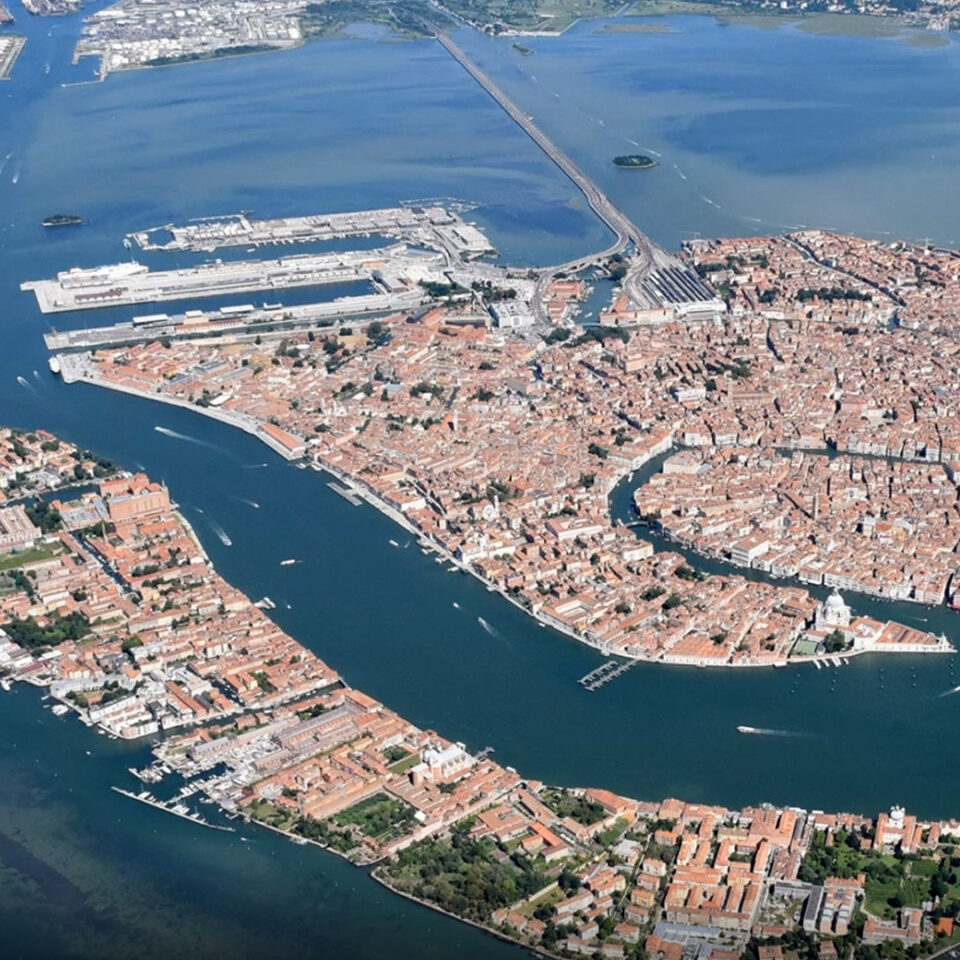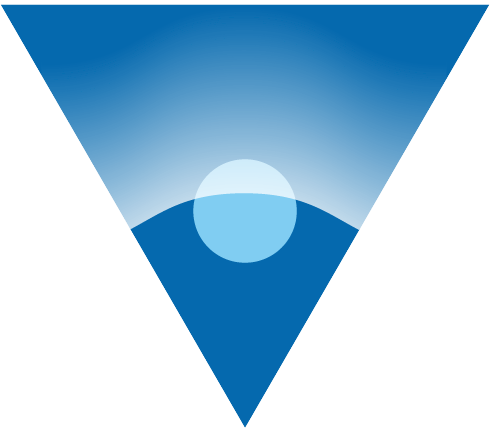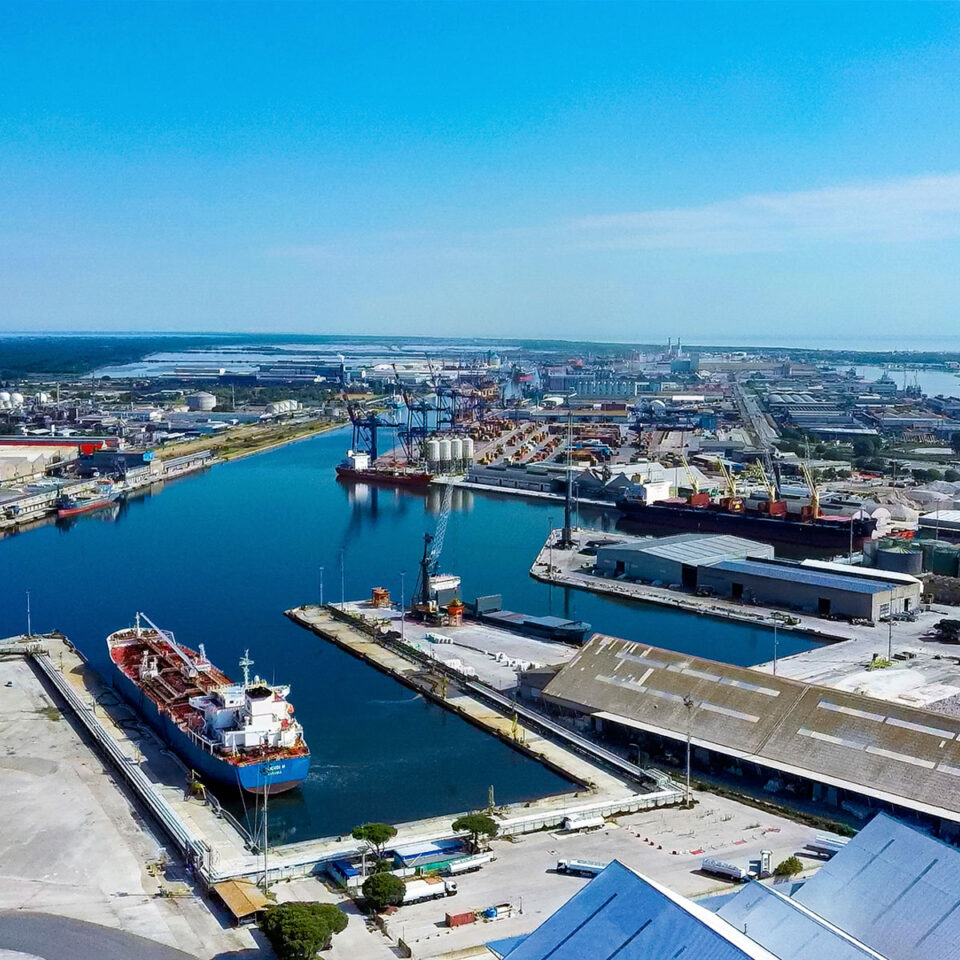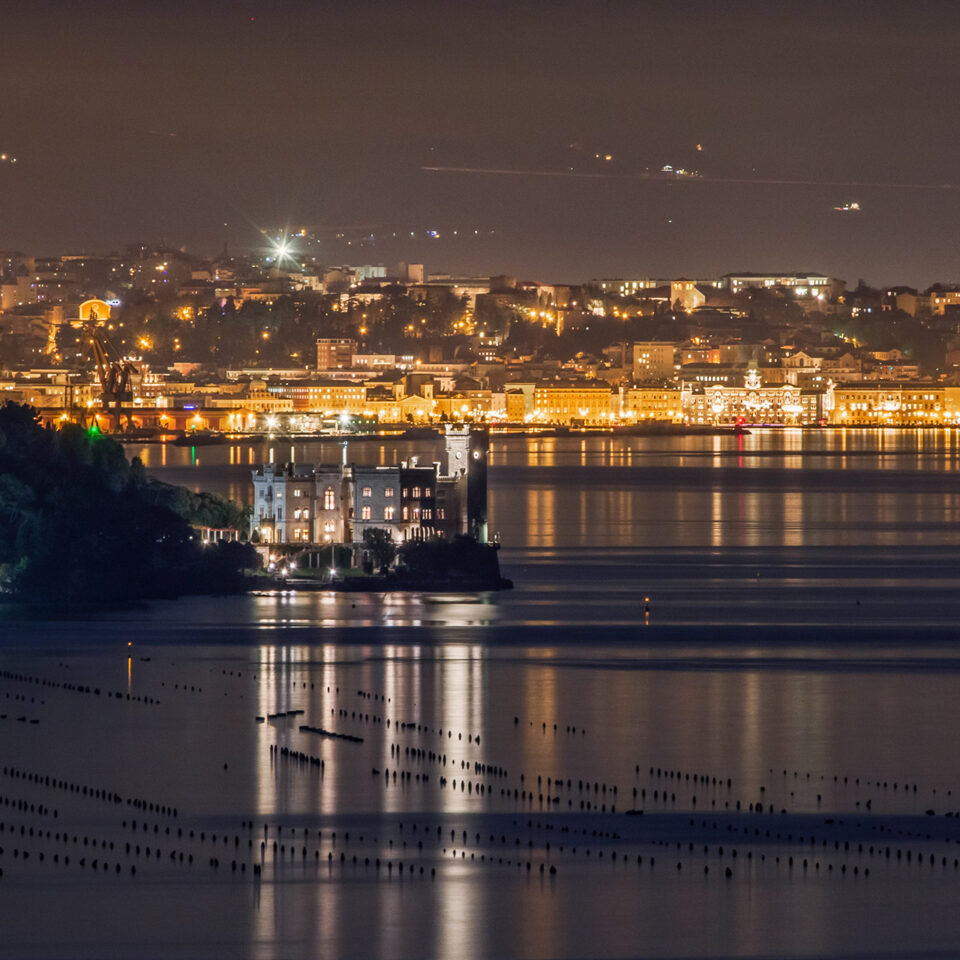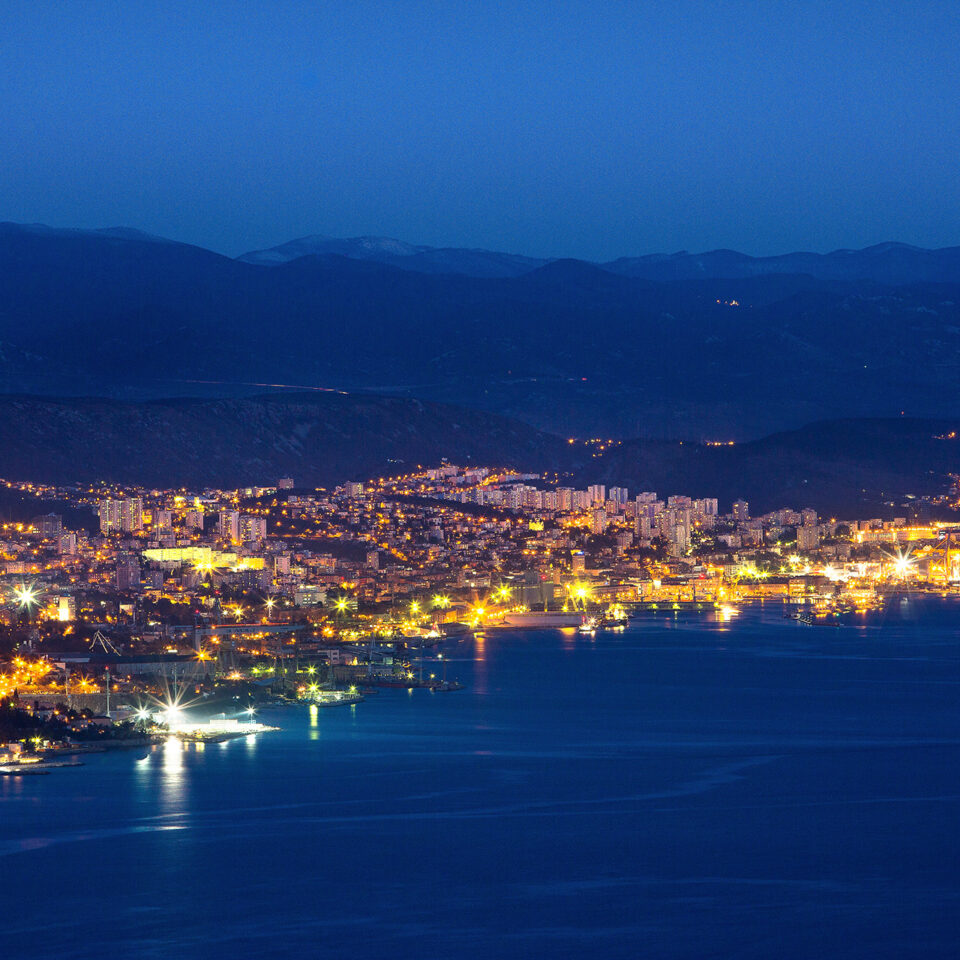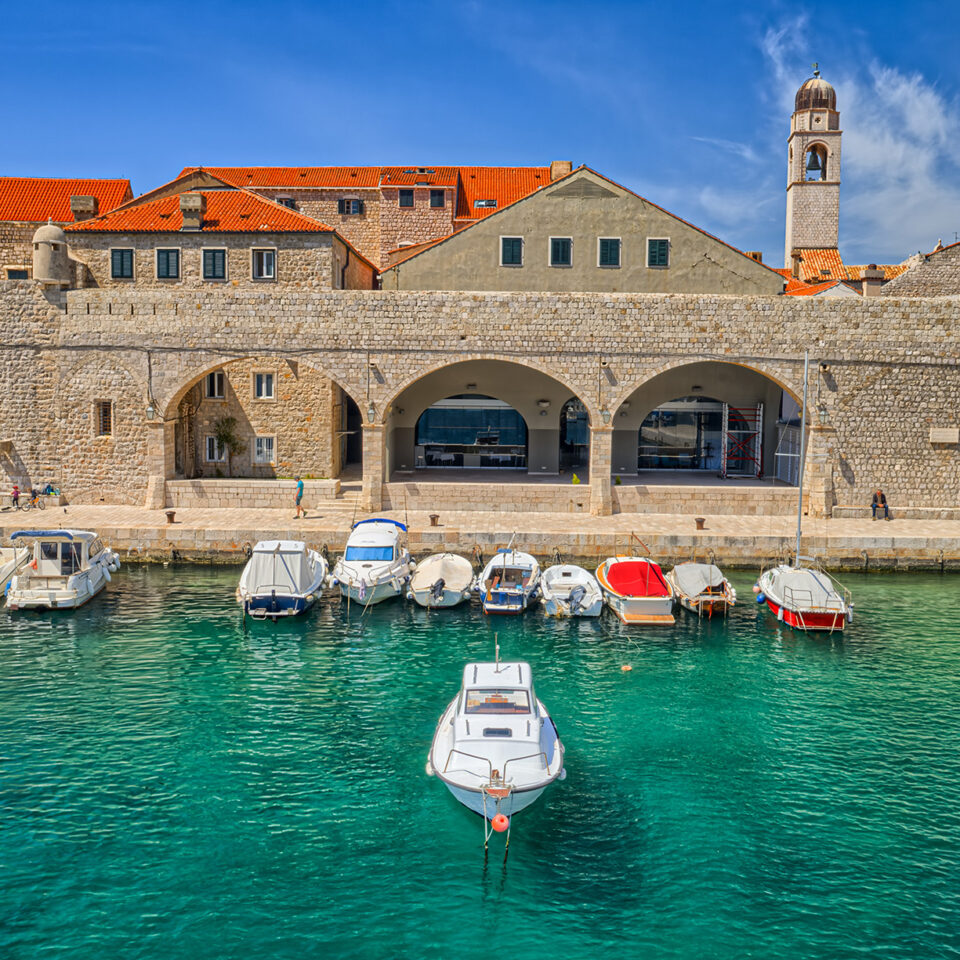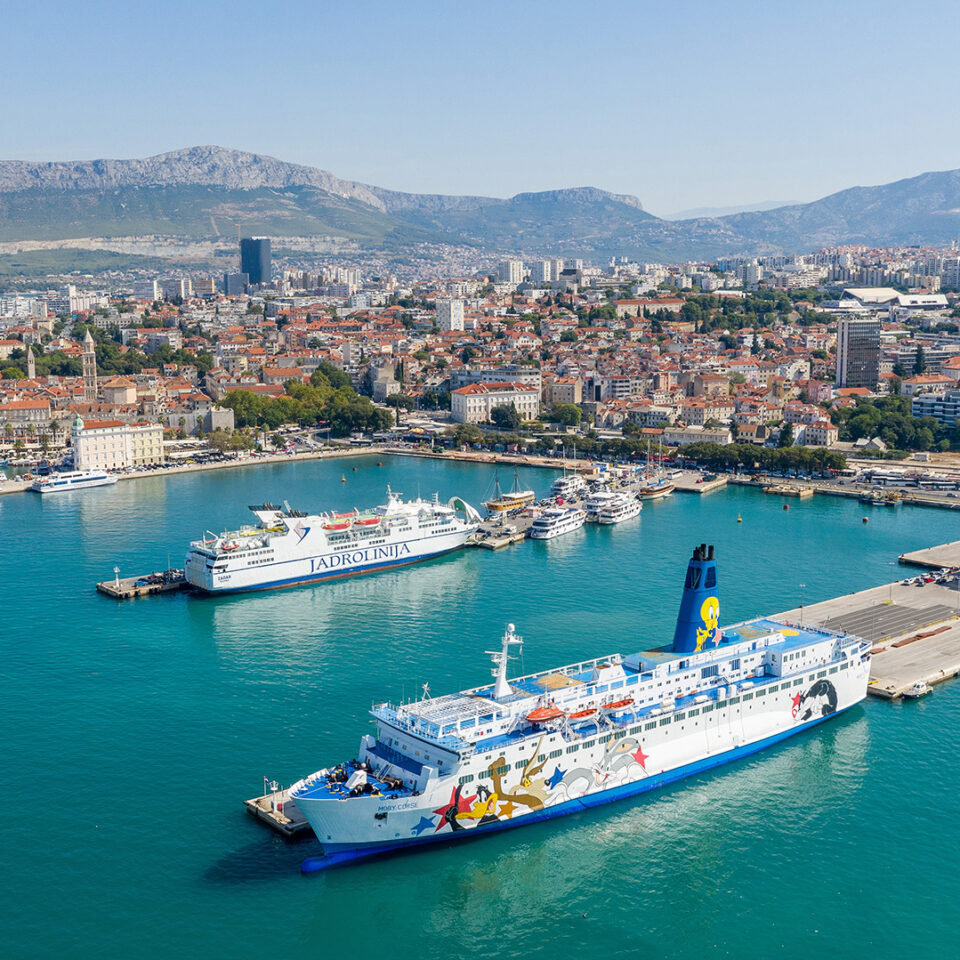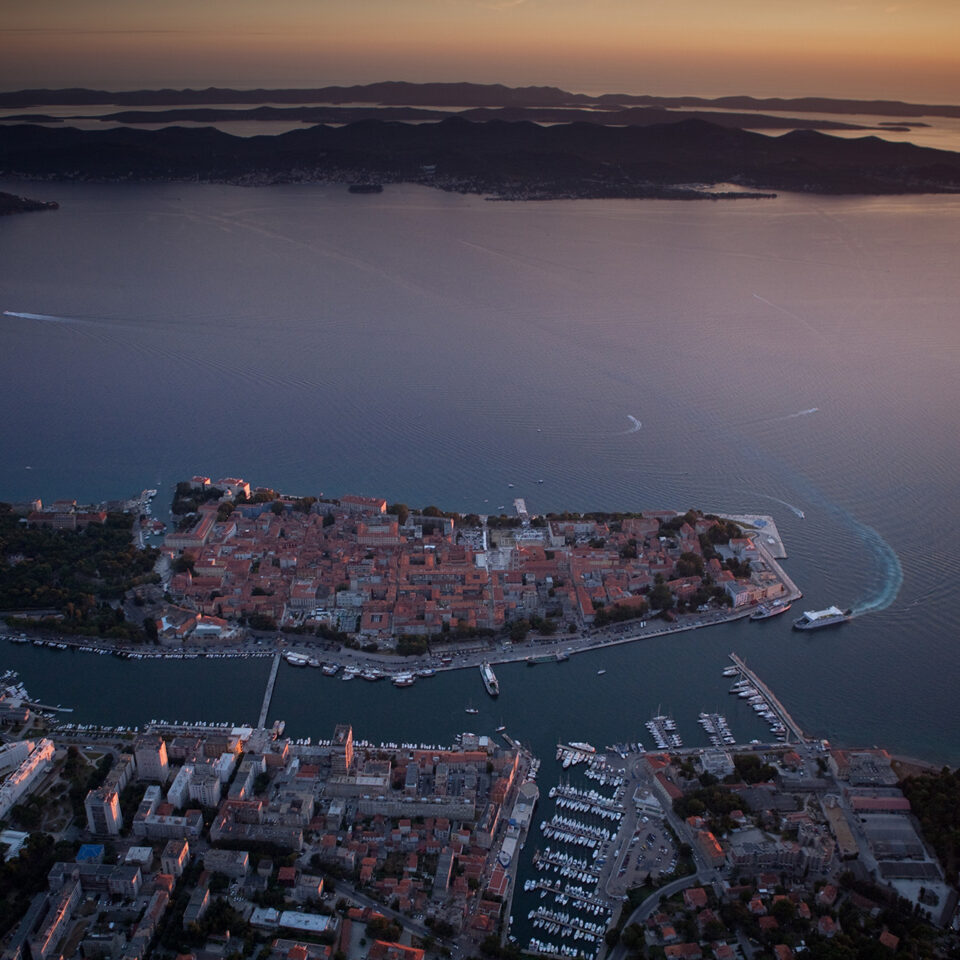The word pontos in ancient Greek means “sea”. In Romance languages, the same word denotes “bridge” (ponte), and, in Salvic languages, “way” (put). For seafarers and those who live on the coast, the sea does indeed serve as a way and a bridge. The sea knows no ethnic boundaries. The sea is a fluid element connecting all distant shores, harbours, peoples, languages and cultures. In times when continental communication was slow and unreliable, the sea offered the fastest and the most regular means of communication. The sea absorbs small ethnic units into broad cultural communities, providing the former with a sense of trans-ethnic identity. In this exhibit on Adriatic Sea ports, we describe the experience of trans-ethnic Adriatic culture. The Adriatic coast and its inhabitants have long shared the same temperament, lifestyle, customs, maritime affairs, language and phraseology. All of these aspects have permeated everyday life as well as language, especially among professional mariners, their families and the wider community in which they have lived. The inhabitants of the Adriatic coast have created routes and maps that have substantially enhanced the relationships between the ports, which in turn have contributed to the strengthening of the ports’ economies.
Ancona, Ravenna and Venice are among the Italian ports on the northwestern Adriatic coast, with Trieste continuing into the east. Rijeka, Zadar, Split and Dubrovnik, between Kvarner and southern Croatia, are found along the eastern Adriatic coast. Ancona, Ravenna and Venice are among the Italian ports on the northwestern Adriatic coast, with Trieste continuing into the east. Rijeka, Zadar, Split and Dubrovnik, between Kvarner and southern Croatia, are found along the eastern Adriatic coast. Venice was the former capital of the Adriatic, built in a swamp to protect it from barbarians. The entire Adriatic served as its bay and on many historic maps the Adriatic Sea is actually referred to as “Golfo di Venezia”. The Venetian port, with its many warehouses, industrial buildings and Arsenale, became one of the most important and well-known ports in the world, especially during the Middle Ages. Ravenna lies further inland, connected to the sea by the Candiano Canal. Although the city is somewhat further from the coast, the historic restaurants in Porto Corsini and Marina di Ravenna are evidence of its strong relationship with the sea.
Trieste is the northernmost Adriatic city. Its port lies the furthest back in the European mainland. Until the end of World War II, Trieste belonged to the Austro-Hungarian Monarchy. Historically, this city was known as the end point of the Silk Road, one of the most important routes in history. Natural geomorphological characteristics, railway infrastructure, and excellent routes and links with the national and international network make the port of Trieste an efficient and competitive destination for reaching the main markets of Central and Eastern Europe. Rijeka, the first of the Croatian port cities, is now Croatia’s largest sea port. It is located at the bottom of Kvarner Bay. Like Trieste, it lies close to the metropolises of Central Europe, for which it serves as an exit to the seas of the world. In Rijeka’s Maritime and History Museum of the Croatian Littoral, you can experience firsthand many stories surrounding the area’s routes, maps and relationships. Rijeka’s strong economy mainly relies on its fishing, container terminal and shipyards. Zadar was the capital of Dalmatia until the end of World War I. It is home to highly valuable sacred monuments, the most famous being the Church of St. Donat, Zadar’s symbol, and the Church of St. Simeon, containing a gilded silver shrine that houses the body of its namesake. The historical importance of the city is evident in many antique maps depicting the old port on its north side, from where it maintained its relationships with almost every locality in the Adriatic Sea, even, some 100 years ago, by a hydroplane.
Split is the largest city on the eastern Adriatic. It is known across the world as the city of Roman emperor, Diocletian. Diocletian governed the Roman Empire from here in the 3rd century, making Split the administrative centre of the world. It serves as the cultural and transit hub of central Dalmatia, which includes the Adriatic islands of Brač, Šolta, Hvar and Vis, areas with which it maintains close relationships. The Split area is known for the archetypal fishing boat, gajeta falkuša, and for the oldest trans-Atlantic route – the Diomedes Route, which once connected the Gargano Peninsula with Diomedes Cape (Punta Planka) on the eastern Adriatic coast. The oldest sailing regatta of fishing boats from Komiža to Palagruža was held on this very route for centuries. Dubrovnik, the last of the Adriatic ports presented as part of the REMEMBER project, like Venice was once a state – the Republic of Dubrovnik. It rose to prominence through trade – exchanging goods through the network of land and sea routes – particularly the salt trade, which constituted one of the Republic of Dubrovnik’s key economies. The routes and maps had to be monitored and updated regularly in order to maintain inland-city port relationships that allowed the economy to thrive.
